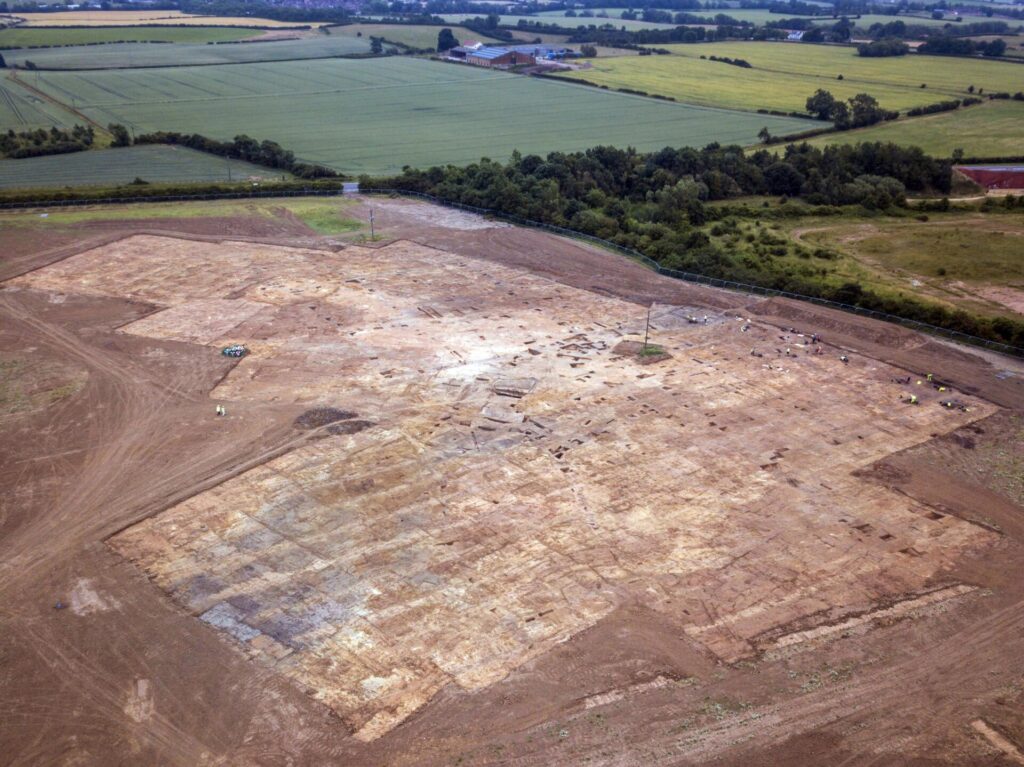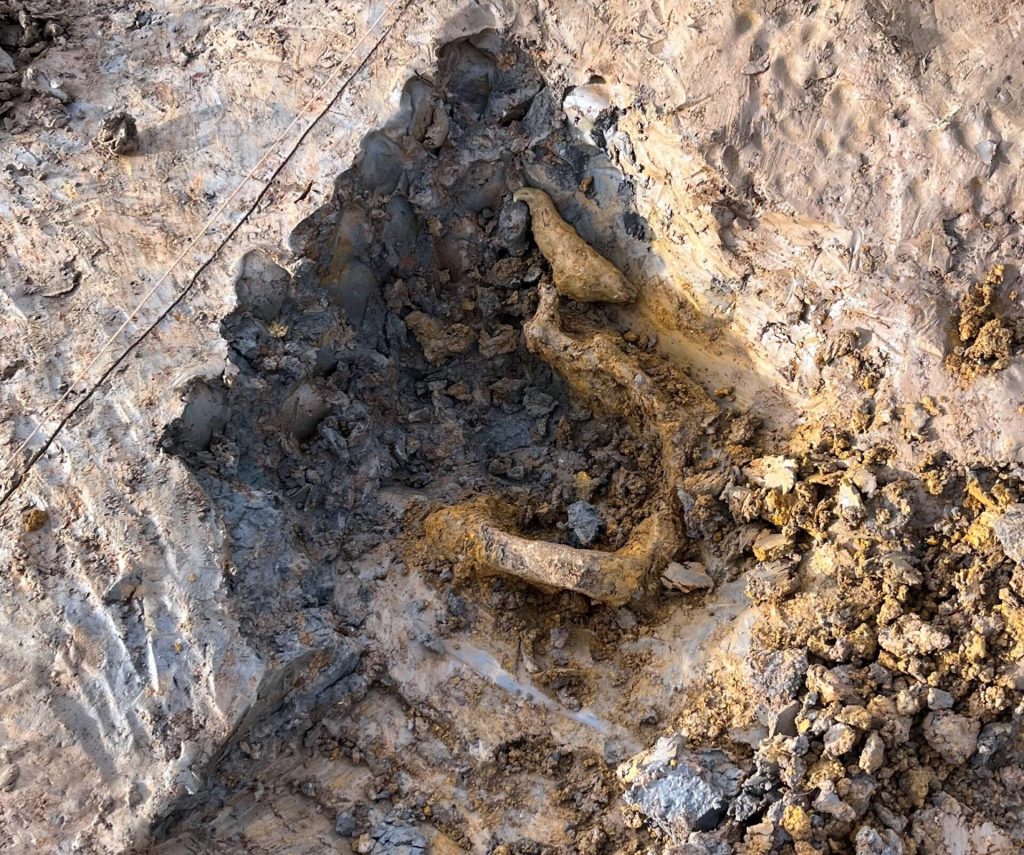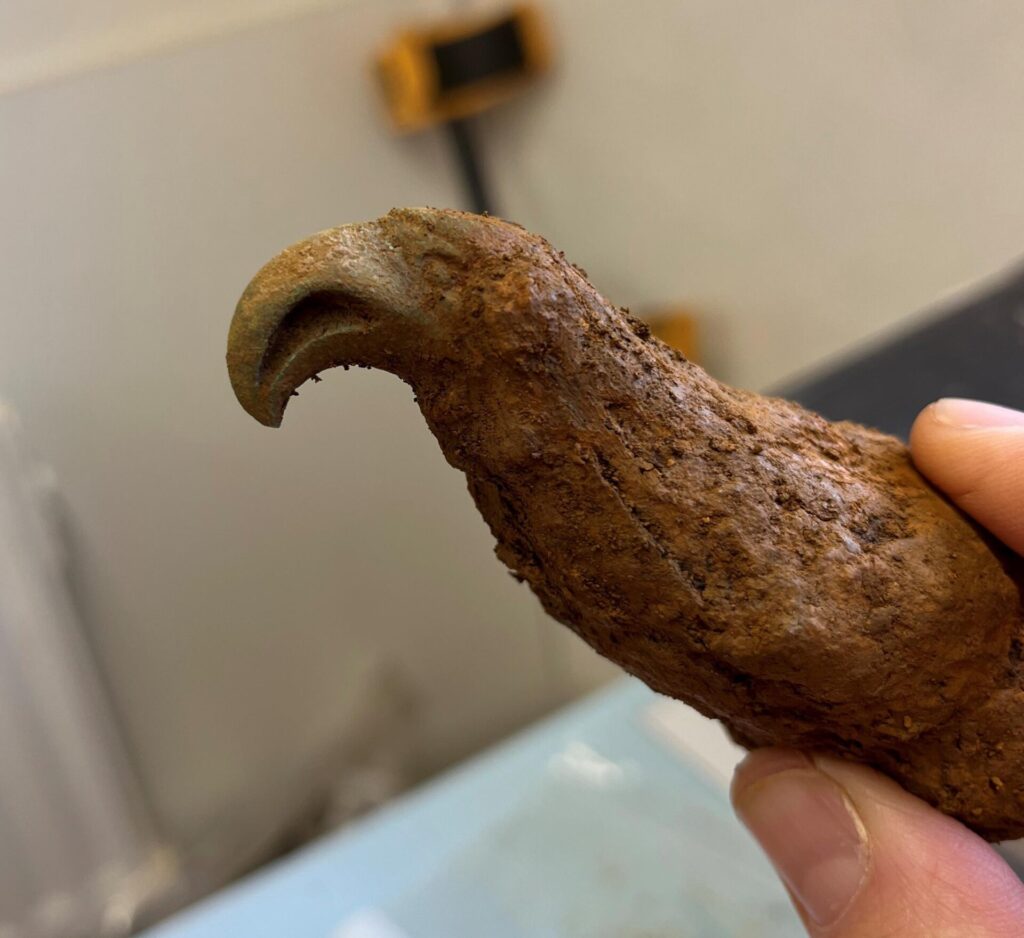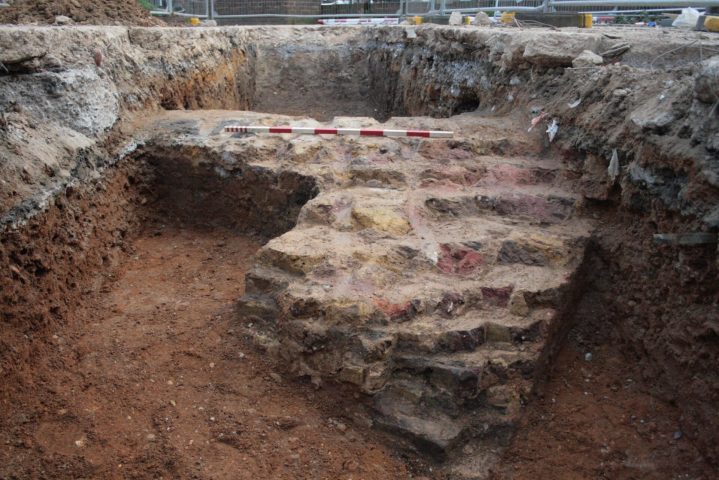
Katie from PCA Durham is currently on secondment at Birdoswald Roman Fort on Hadrian’s Wall, at a Historic England and Newcastle University training programme for Archaeology students. Katie is helping supervise the digging and finds processing and will be there until the end of the season on 7th July.
This year they’re digging to the east of the fort (the bathhouse), to north of the fort and Hadrian’s Wall (lots of industrial and domestic activity there), and in the unknown territory west of the fort. All exciting stuff!
This fantastic Roman finger ring with intaglio (which may show the god Mars) came up the first day of opening a trench! Tours of the fort and excavations will take place Monday to Friday 11am and 2pm from June 13 until 7th July.
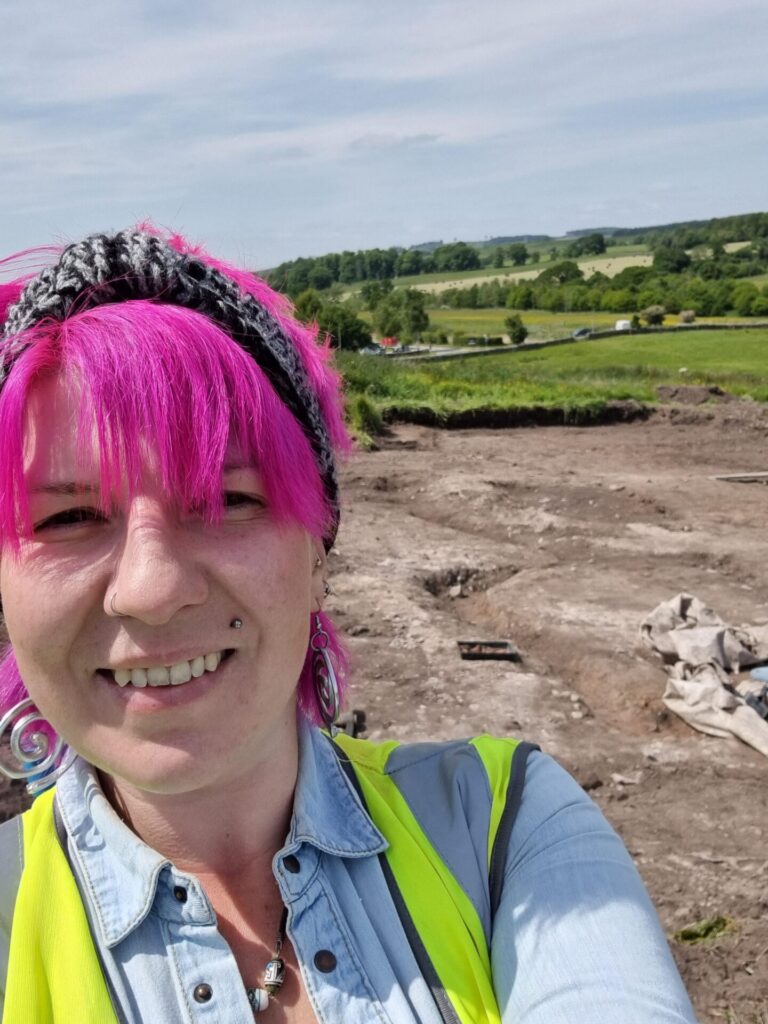


Ireneo Grosso presents his preliminary interpretations of recent PCA excavations between Coleman Street and Moorgate to the the LAMAS 59th Annual Conference of London Archaeologists.
This talk focuses on the main Roman structures and deposits recorded during our excavation in the City of London. During our mitigation work we unearthed evidence of two Roman roads, industrial activity (glass working), clay and timber buildings and one masonry building represented by a partially preserved opus signinum floor and a large quantity of painted plaster.


Scott Vance’s article on Turret 3a of Hadrian’s Wall is now out in the 400th edition of Current Archaeology.
In ‘Surprises from the Roman frontier: Excavating Hadrian’s Wall in urban Tyneside’ Scott details our investigations in the summer of 2021 which revealed not only the first turret to be uncovered along the Wall in over 40 years, but the largest example identified to date, together with other defensive features.
Click here to see Scott’s presentation to Current Archaeology Live! earlier this year

Last month Tegan Able and Allie Spoletini attended the Pampisford Village Fete with an array of finds. They also took a handling collection, so that people could get up close and personal with the archaeology! Many intrigued people asked some great questions; from children studying Saxons at school, to adults who’d lived in the village all their lives. They had a lovely day and a found it a great opportunity to engage with the public.
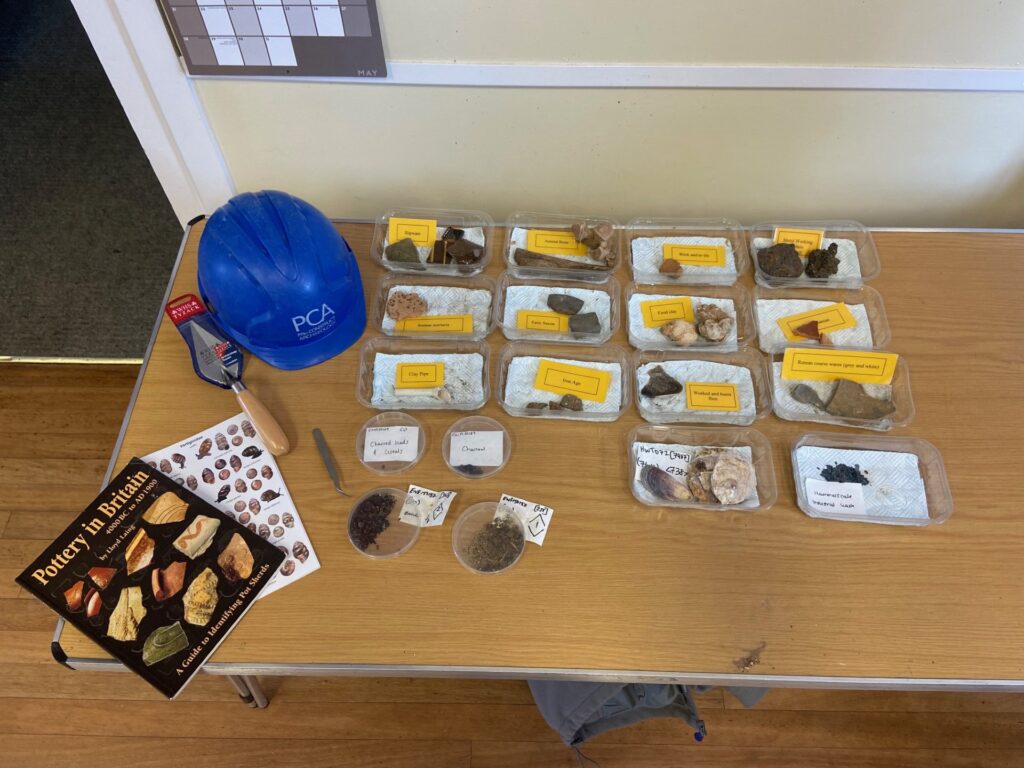
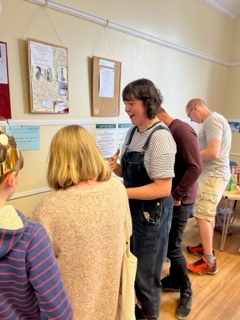


Following on from an excavation in 2018, PCA Durham archaeologists, alongside colleagues from the Newark and Warwick offices, have uncovered the continuation of this previously unknown but extensive Roman site. We have just finished the fieldwork so are in the early stages of post-excavation but already we have some amazing finds such as the ‘Darlington’ eagle, a likely iron lamp holder and several Roman coins!
The Darlington Eagle – An iron eagle with a copper alloy head. The head is similar to the bronze Silchester Eagle. The x-ray shows that the copper alloy head is on a stem which goes into the iron body. On cleaning there is a small patch of green enamel surviving in one eye. The legs are damaged and there is no good join to the lamp holder but the width between the legs suggests that this object was mounted on it.
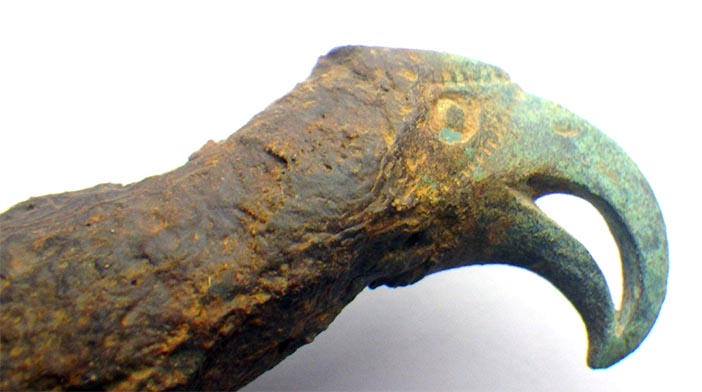

The iron mount – The iron mount has two prongs to which the eagle may once have been attached, although no join now survives. The x-ray images of the eagle and mount have been stitched together by the archaeological consultant for the site (Nansi Rosenberg of Prospect Archaeology).
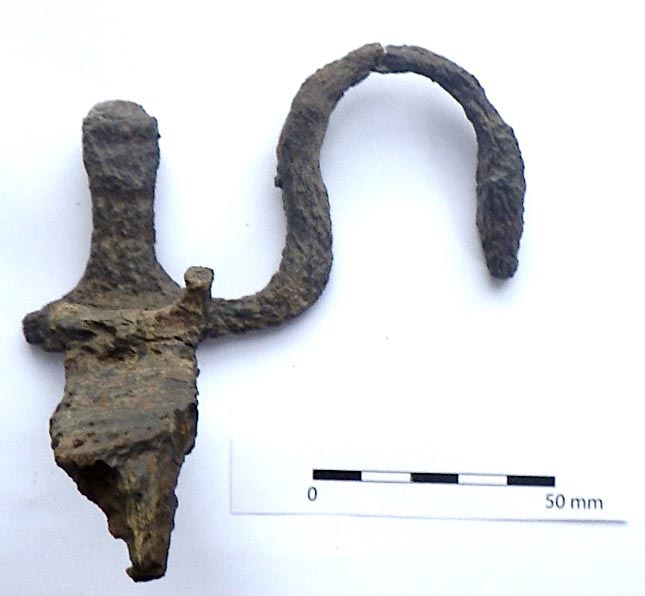
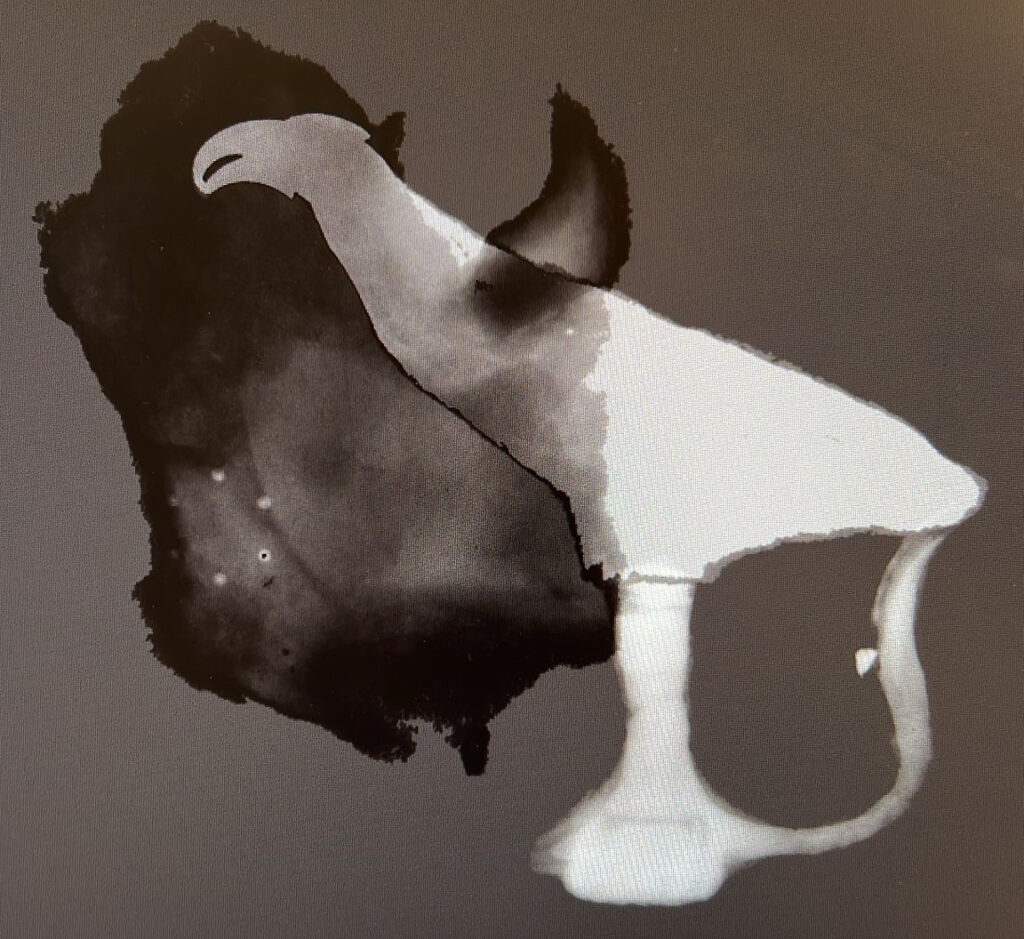
The Roman lamp holder- An iron lamp holder with riveted handle.
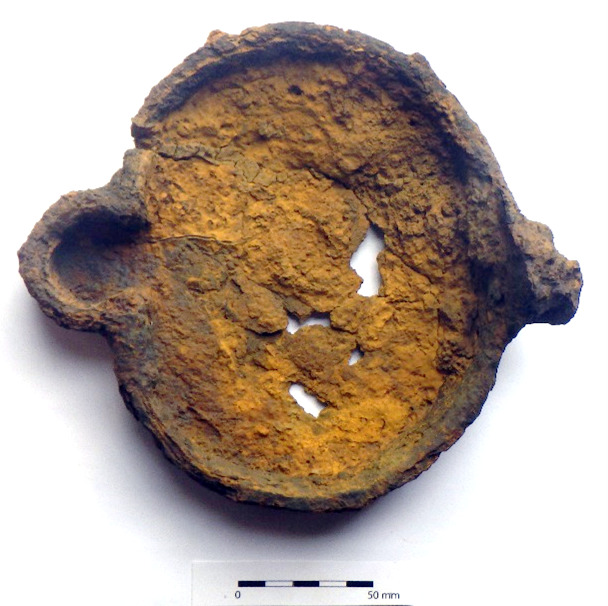
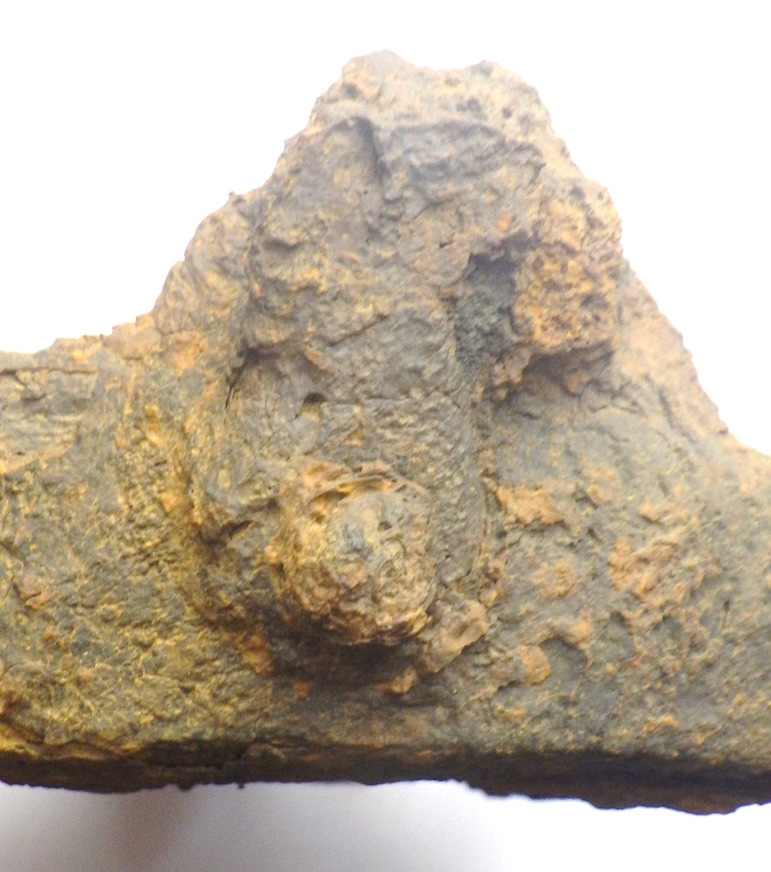
A well-preserved Roman silver coin – a Roman silver Siliqua of emperor Valentinian I (AD 364-375), minted in Antioch. It was recovered during a metal detecting survey on the site that was kindly undertaken by George and David Marley of Detectology UK Ltd.

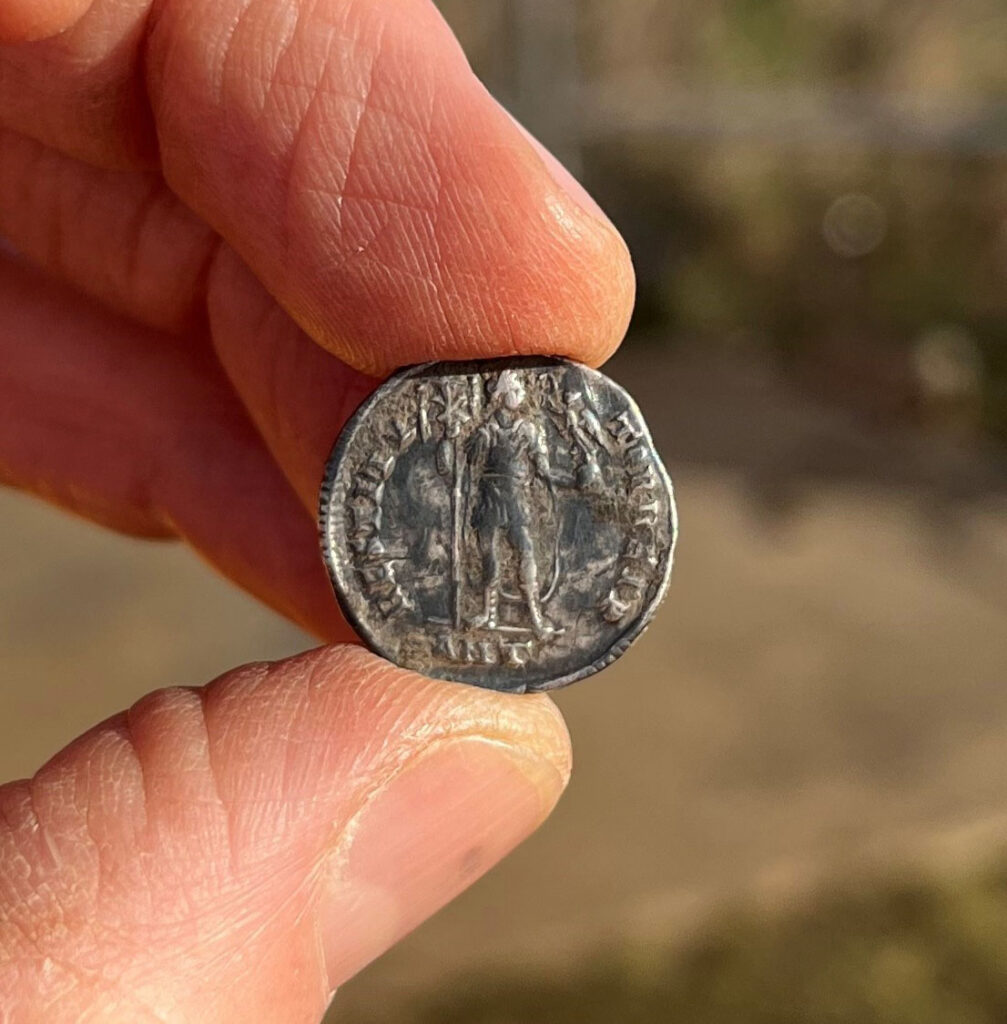

Ireneo Grosso will be giving an online lecture to The City of London Archaeological Society on Friday, 19th May at 7pm. This is a hybrid event; if you are joining online, your link to join the lecture will be in your email confirmation. Use this form to register:

Between May and September 2022 an archaeological investigation was caried out on land at 35-39 Moorgate & 62-64 Coleman Street, City of London in advance of redevelopment of the site. Although truncated by modern basements, the archaeological works produced evidence for occupation during the Roman and post-medieval period. The site, on the western side of the Walbrook Valley, was probably occupied from the early Roman period as suggested by two early Roman boundary ditches and a substantial east-west orientated Roman road located alongside the southern boundary of the site.
.
Another smaller north-south orientated road, located in the west-central part of the site, was bounded by clay and timber buildings, whilst in the north-west part of the site evidence for part of an in situ opus signinum floor was recorded. A later Roman shaft, also recorded in this area, produced a large assemblage of Roman painted plaster confirming the presence of a Roman masonry building in this part of the site.
The east-west orientated Roman road was later truncated by a series of large pits possibly during the late Roman period. Here evidence of industrial activity, in the form of glass production, was suggested by the substantial amount of Roman glass recovered, together with fragments of crucibles and of at least one structure which was interpreted as a furnace.
During the late 16th/early 17th century the western part of the site was developed with when at least two basemented buildings which truncated the upper part of the Roman horizon.


Anxiety is a natural emotion, and one that we all experience, but sometimes it can spiral out of control and become a mental health problem.
Numerous factors can trigger feelings of anxiety, such as the pressure of deadlines, relationship dynamics, embarking on a new job (or losing one), and significant life events. Financial concerns and the inability to meet basic needs, like heating or food, can also induce anxiety.
However, effective strategies exist for managing anxiety.
If you would like to discuss these with our qualified staff get in touch.
.
Your mental health first aiders are:
Alistair Douglas: 07958 547 143 ADouglas@pre-construct.com
Caroline Edwards: 07718 492 321 CEdwards@pre-construct.com
Sian O’Neill: 07810 860 013 SO’Neill@pre-construct.com
Vicki Ridgeway: 07824 636 635 VRidgeway@pre-construct.com
Richard Krason: 07855 877 939 RKrason@pre-construct.com
Dave Havard: 07821 049 827 DHavard@pre-construct.com
Tom Learmonth: 07960 667 124 TLearmonth@pre-construct.com
Anxiety UK is a charity providing support if you have been diagnosed with an anxiety condition
Phone: 03444 775 774 (Monday to Friday, 09.30 to 22.00hrs; Saturday to Sunday, 10.00 – 18.00hrs)
The NHS provides a list of other useful helplines.

The Spring London Archaeological Forum will take place in person and online at UCL Institute of Archaeology’s lecture theatre in Gordon Square on Monday 22nd May 2023 following the CBA London Annual General Meeting.
If you plan to come along in person, registration is required via Eventbrite here:
or contact Becky Wallower (becky.wallower@dial.pipex.com) by 12 noon on the 22nd May.
You can also sign up to attend online via Zoom on the Eventbrite site.
There will be an excellent line-up of presenters with interesting topics:
Kathy Davidson, supervisor at PCA, will discuss recent excavations at Newgate Street, an important Roman to post-medieval site largely excavated during the 1970s by the Department of Urban Archaeology that has been subject of further recent excavations. How has our understanding and analysis developed?
Ian Hogg is a Senior Archaeologist at Archaeology South-East within UCL. In his talk ‘Waste and Wasters: Industrial and domestic deposition at the Priory of St John, Clerkenwell’ he will discuss the findings from Benjamin Street which once lay within the outer precinct of the Hospitaller Priory. The high level of preservation allows a glimpse of both daily life at the Priory and industries taking place around it.
Roy Stephenson, well known in senior roles at Museum of London, will be talking on Netflix’s ‘The Dig’ and Rebecca Stott’s novel ‘Dark Earth’. His overview will concentrate on advice he’s provided to film producers and an author about archaeology and artefacts, and he’ll consider insights into how film companies operate that might be useful to museums.
It’s all free, of course, and we hope to see you at 6pm on the 22nd May – if you come along, you’ll be able to catch up with others when we adjourn to the pub afterwards.


